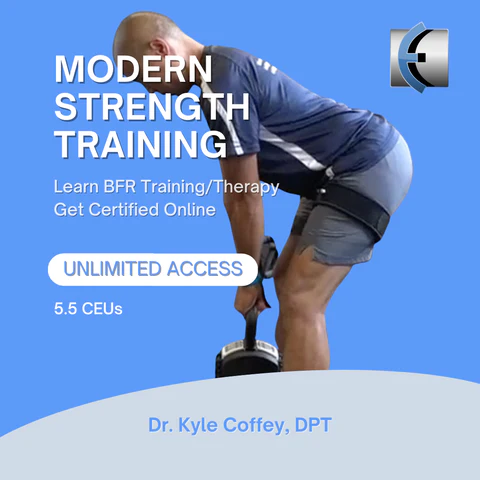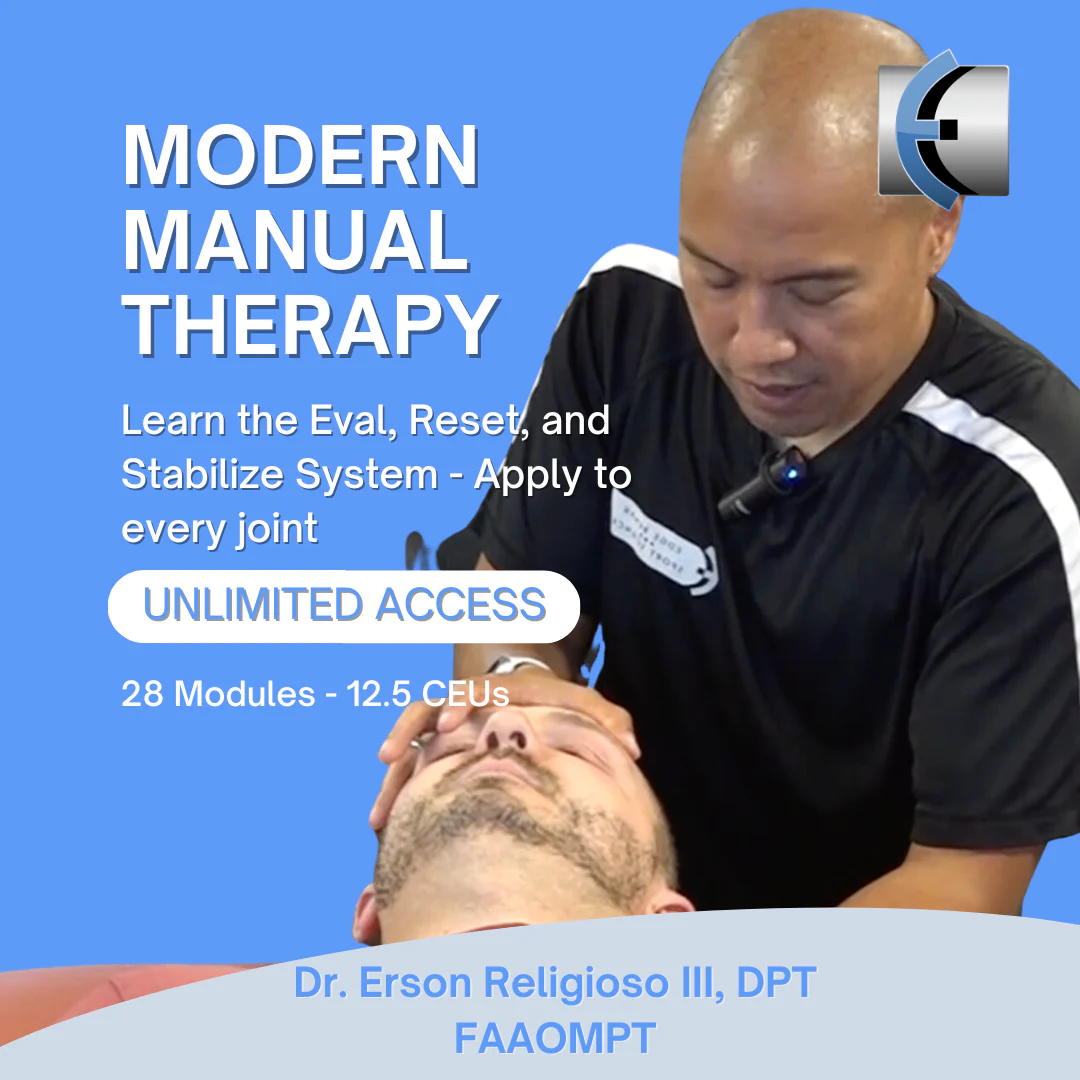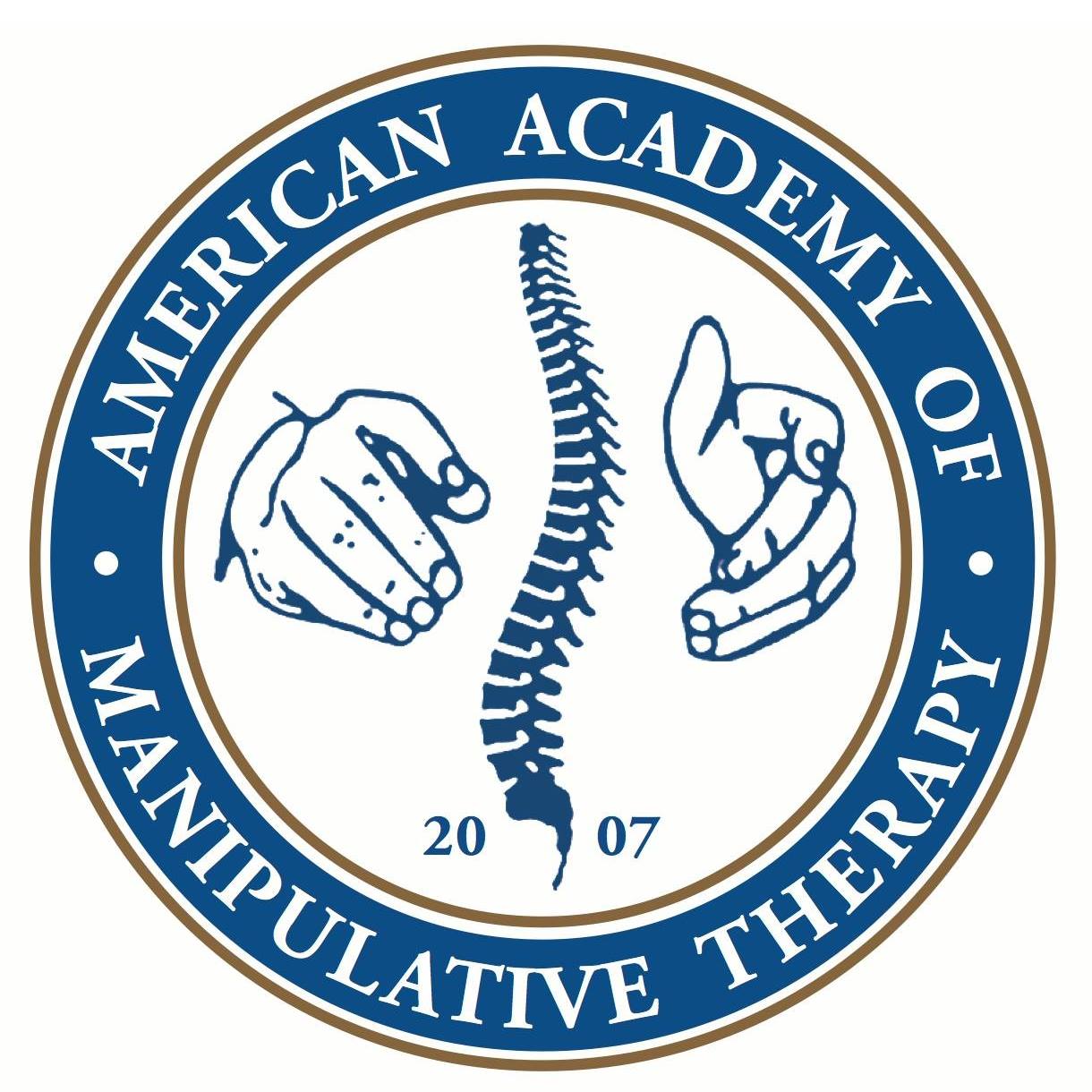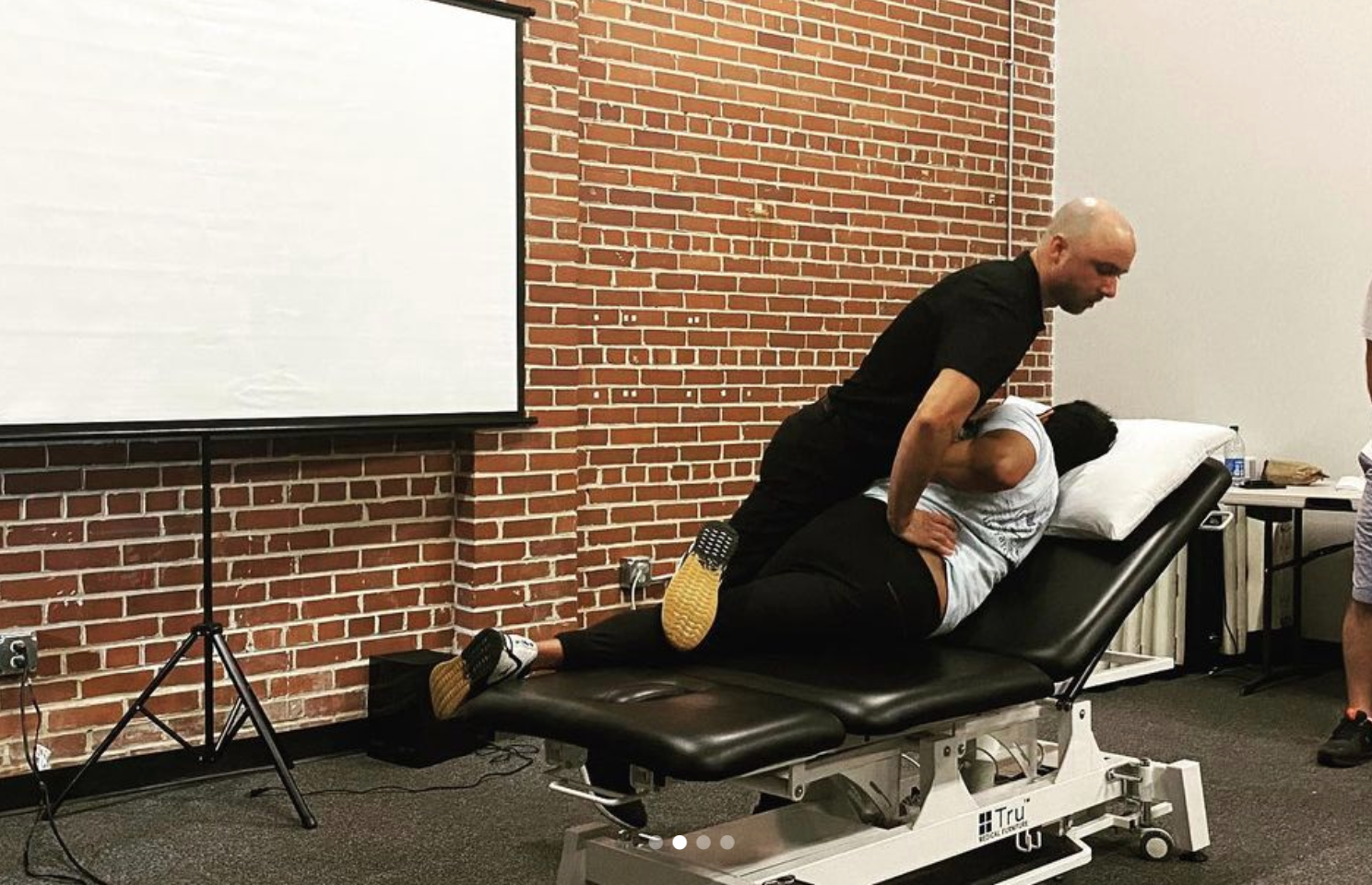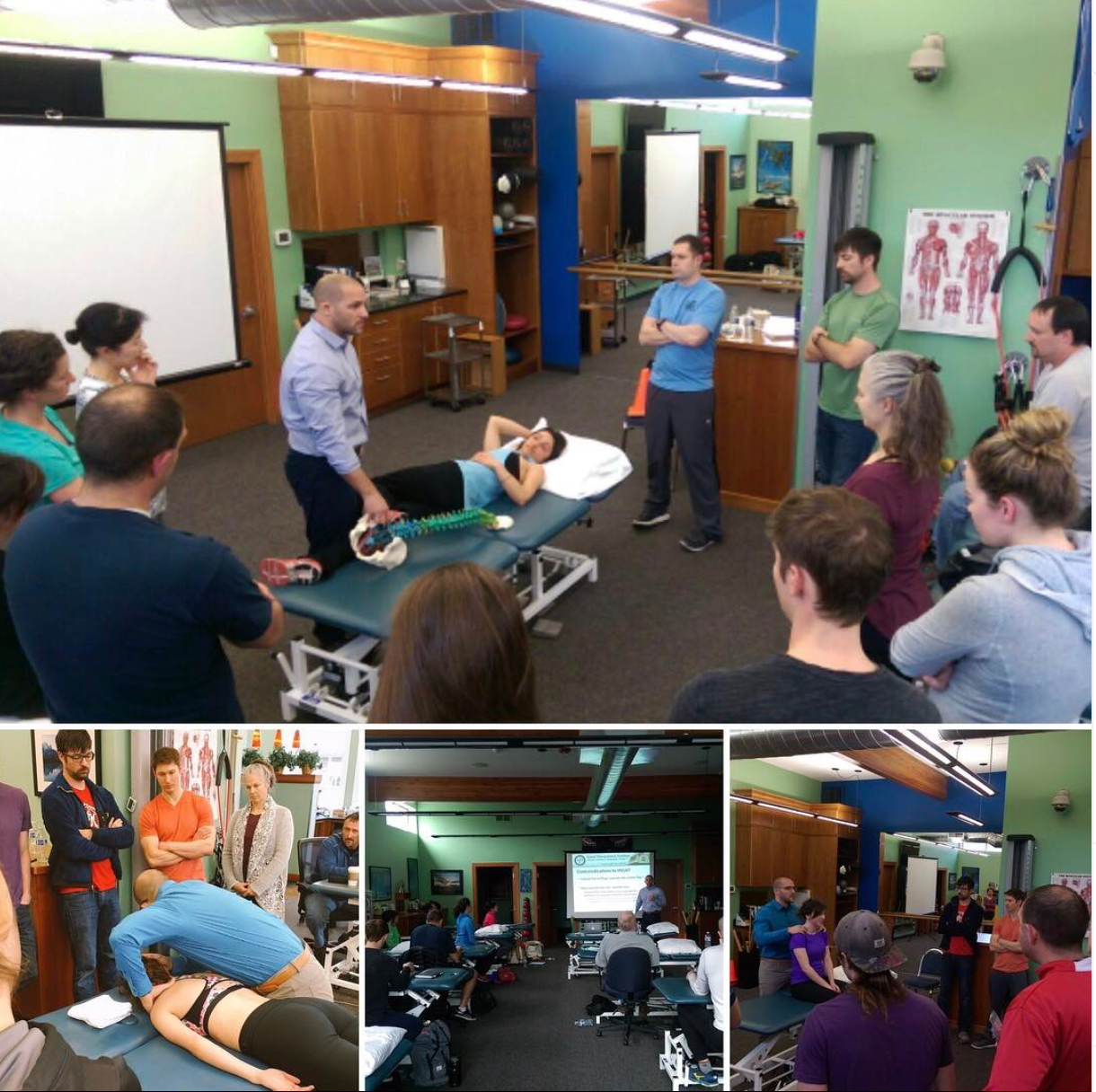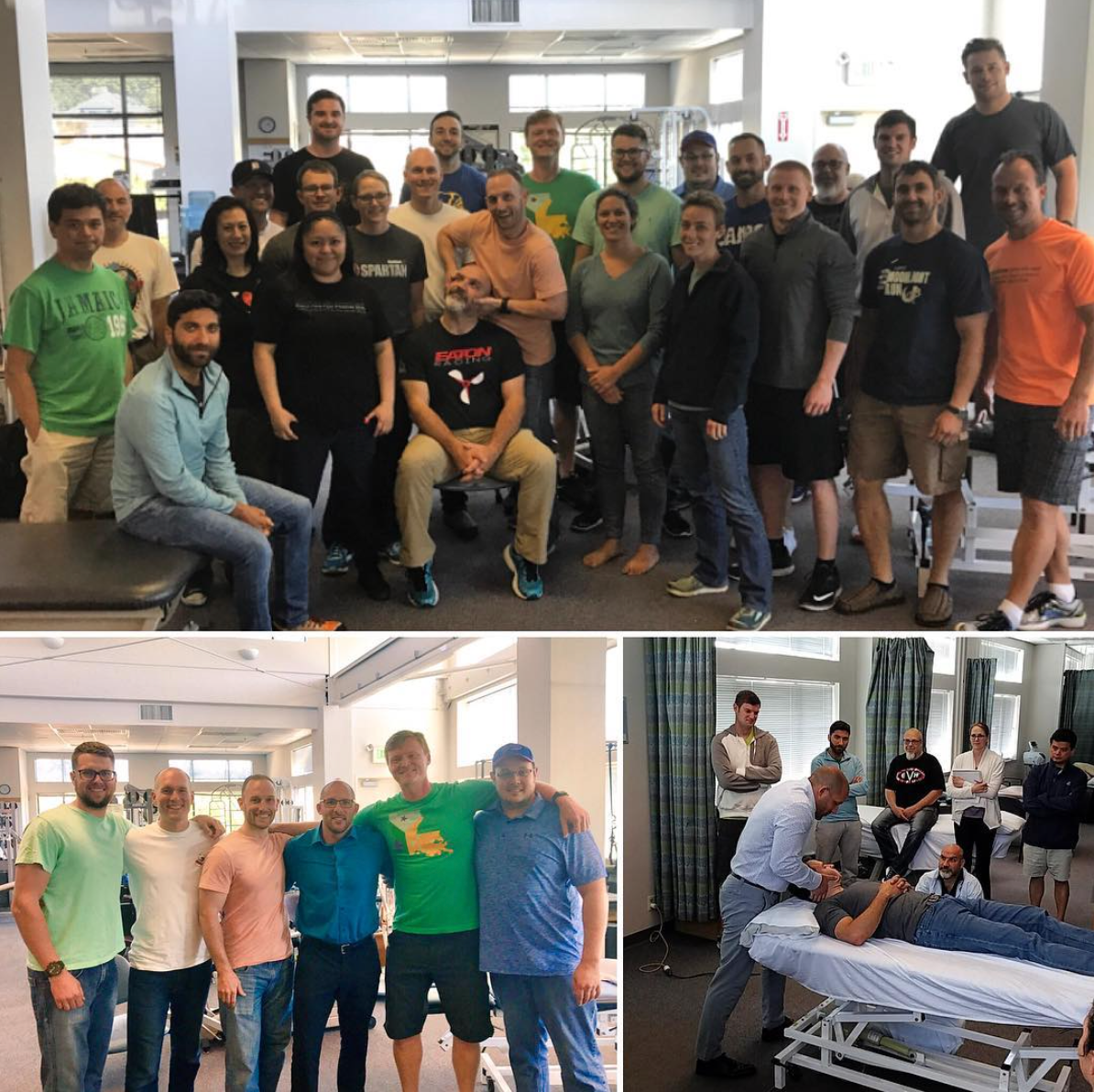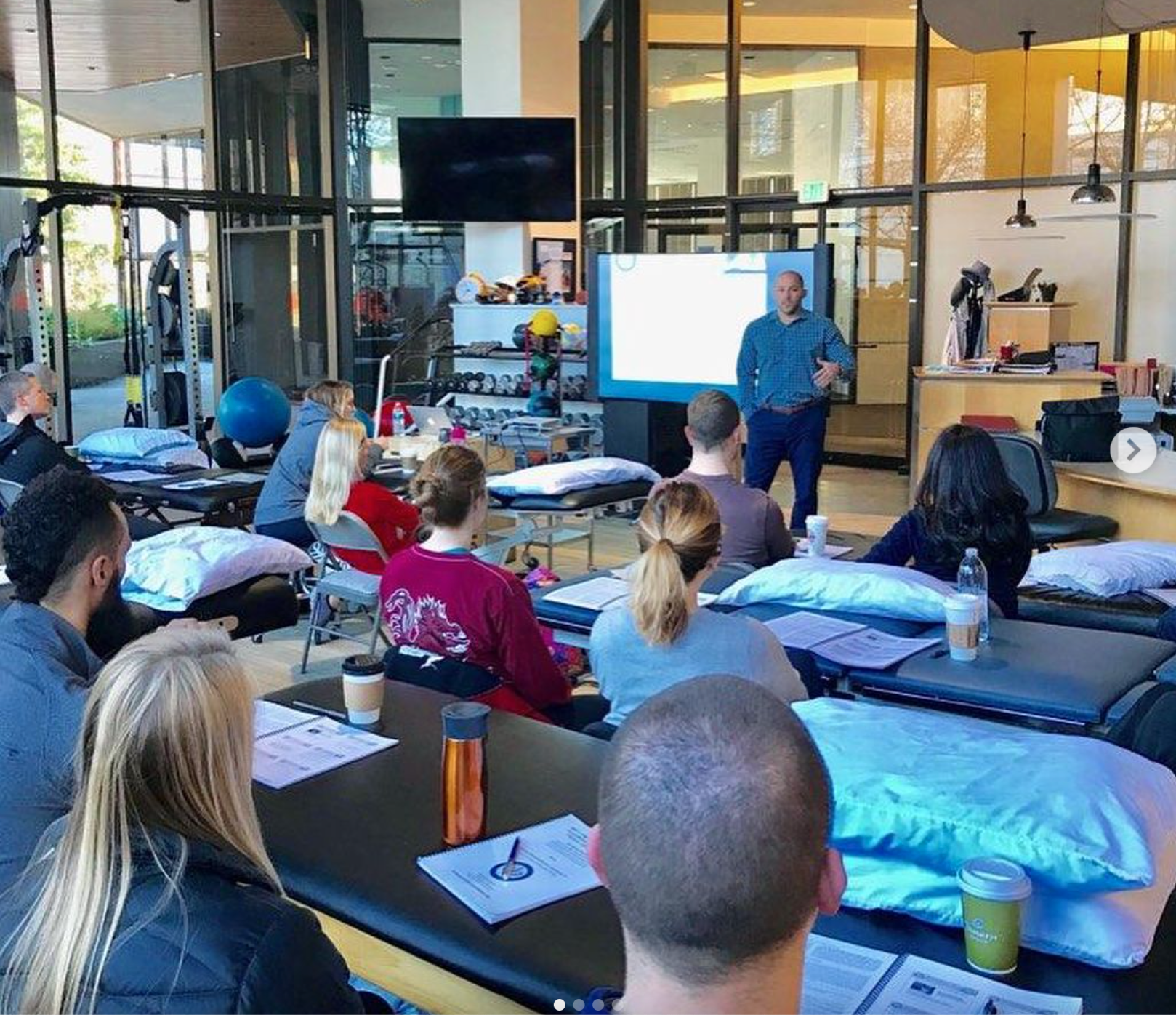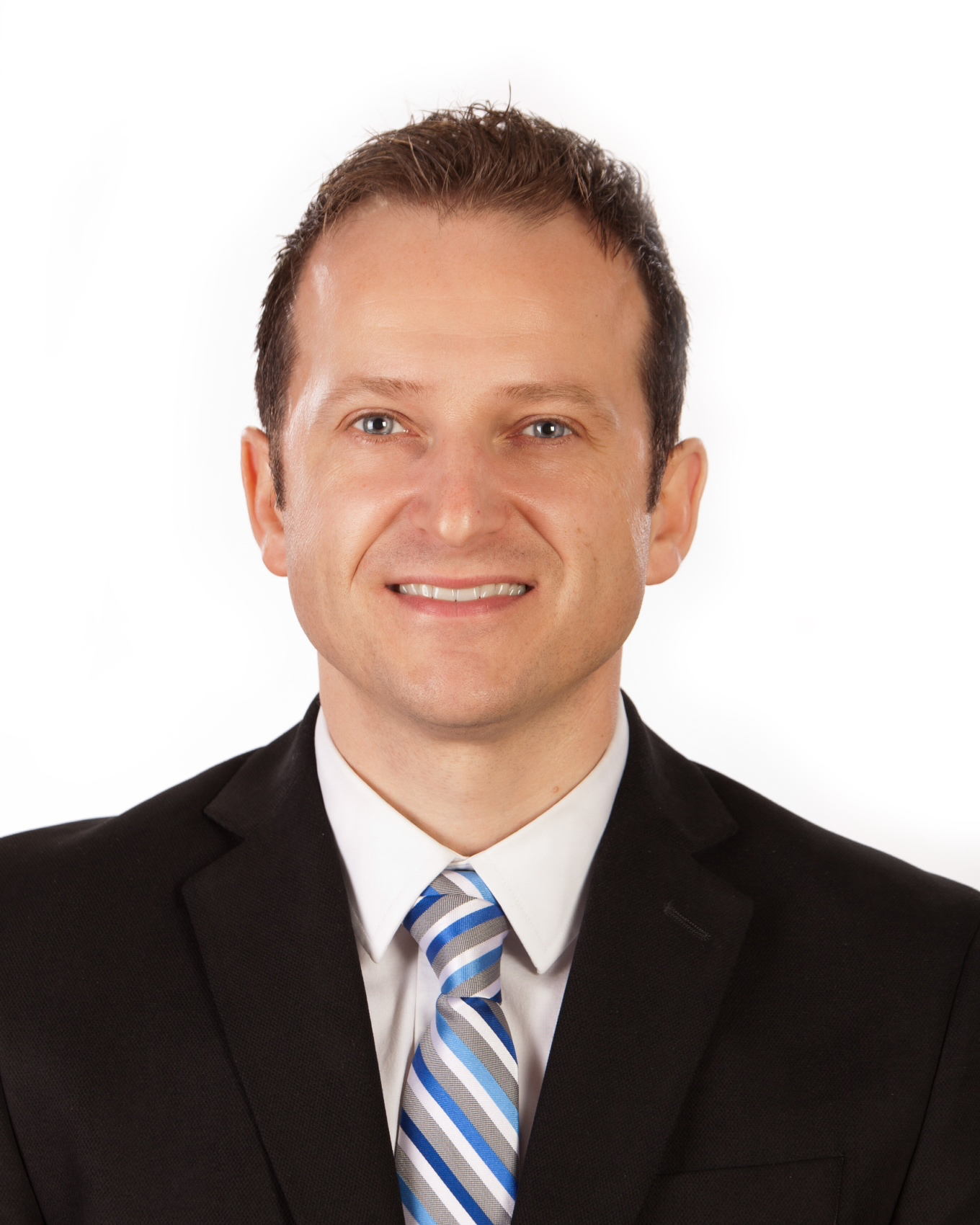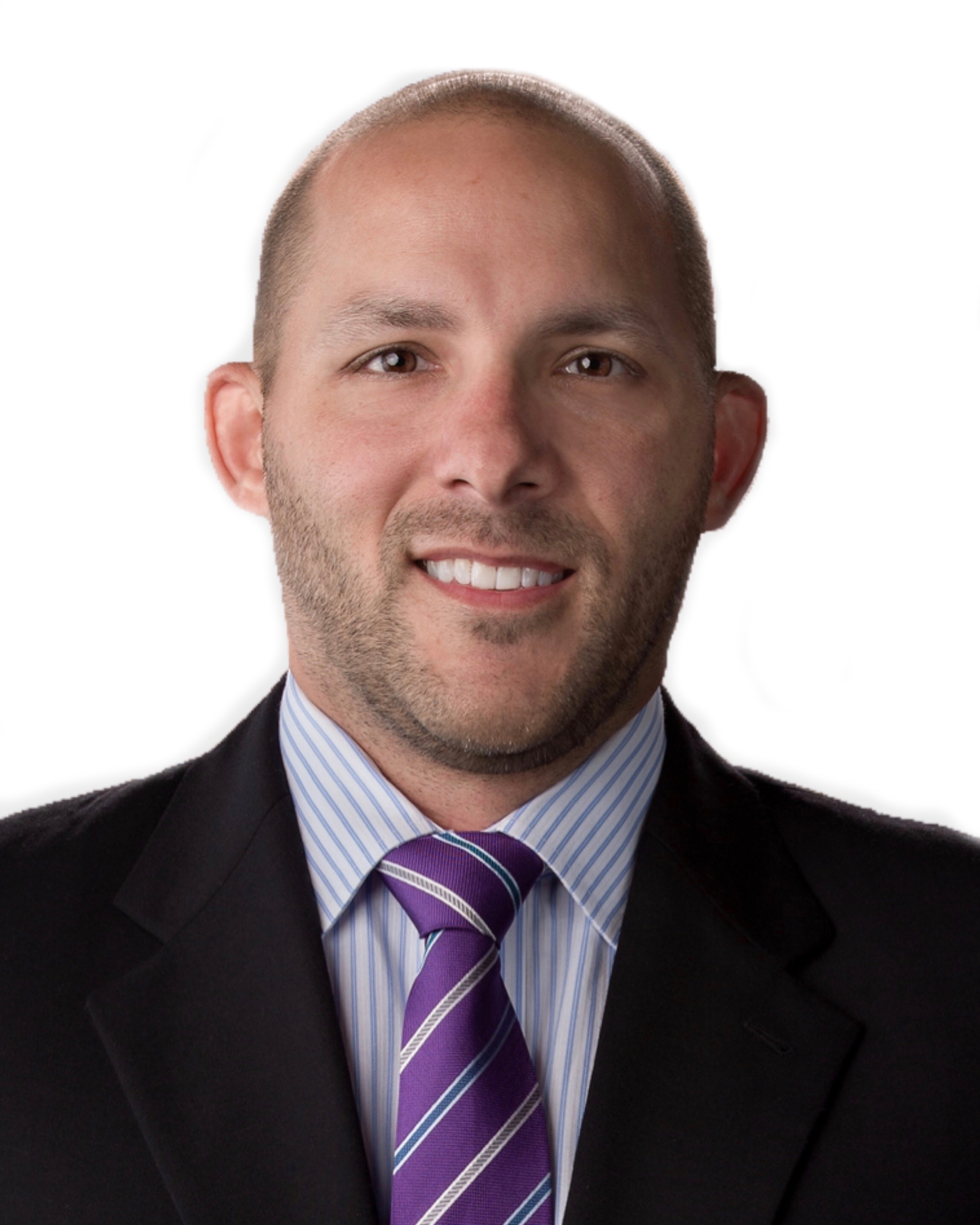This two-day spinal manipulation course includes 70% hands-on practical training and 30% didactic lecture instruction. This spinal manipulation course focuses on the technical and practical hands-on skills required to perform high-velocity low-amplitude thrust spinal manipulation techniques in a competent and safe manner for all of the spinal regions. We have taught more PTs, MDs and ATCs the art and science of spinal manipulation than any other institute (in the world!). In fact, most instructors of other spinal manipulation programs are graduates from Spinal Manipulation Institute. Learn from the source, the worldwide leaders in spinal manipulation education, research and practice.
No prerequisites are needed for this 2-day course in spinal manipulation; however, registrants must be a licensed PT (or 3rd year DPT student), ATC, DO, MD, DC, NP, or PA in their respective state or country. The SMT-1 course is approved for 15-hours by FSBPT (ProCert), BOC (NATA), APTA, TPTA, and the respective State PT Board.
Participants will learn HVLA thrust manipulation techniques for the following articulations: C0-1 (occipito-atlantal joint), C1-2 (atlanto-axial joint), C2-7 (mid and lower cervical segments), C7-T3 (cervicothoracic junction), upper ribs 1, 2 and 3 (costotransverse & costovertebral joints), T4-9 (mid-thoracic facet articulations), T10-L1 (thoracolumbar junction), L2-4 (mid-lumbar spine facets), L5-S1 (lumbosacral junction), and the SI (sacroiliac) joint.
Current evidence will also be presented that underpins the use of spinal manipulation for cervicogenic headaches, cervicothoracic dysfunction, shoulder pain and upper rib syndromes, acute and chronic low back pain, sacroiliac joint dysfunction, and mechanical neck pain.
